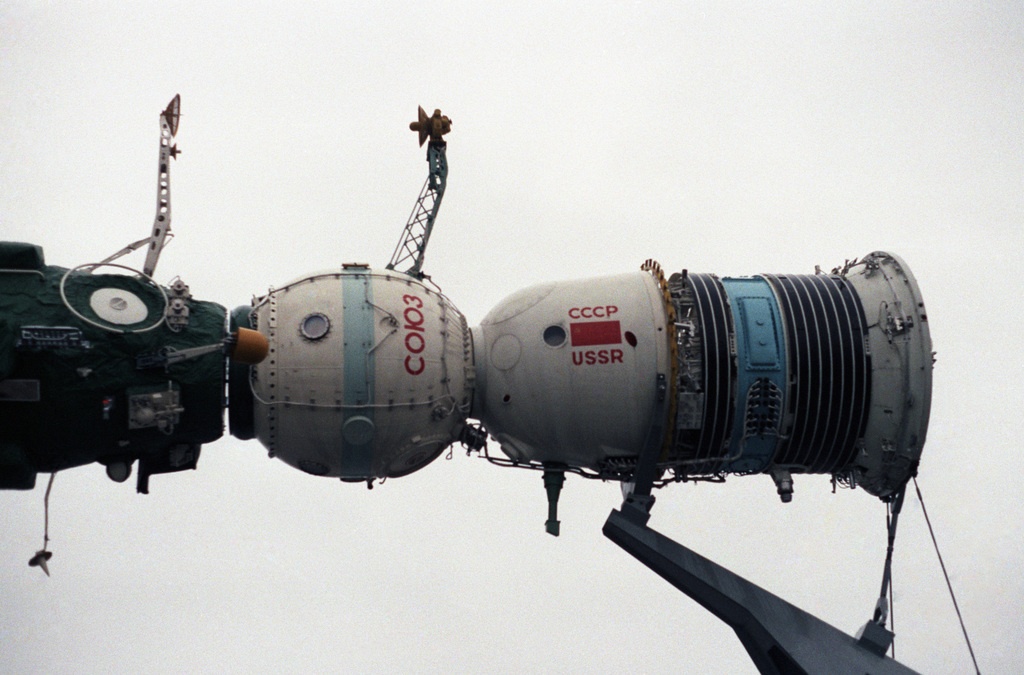

From April 1982 to February 1991, Russia’s Salute 7 was a low-lying space station (LEO) on Earth, which was part of their “Soviet Salute Program”.
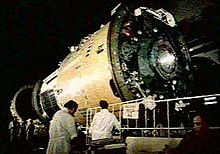
In February 1985, after three astronauts returned to Earth, the Salute 7 space station began to run into problems. The problems started with a circuit breaker trip due to overcurrent. This shut down the station’s primary long-distance radio transmitter.
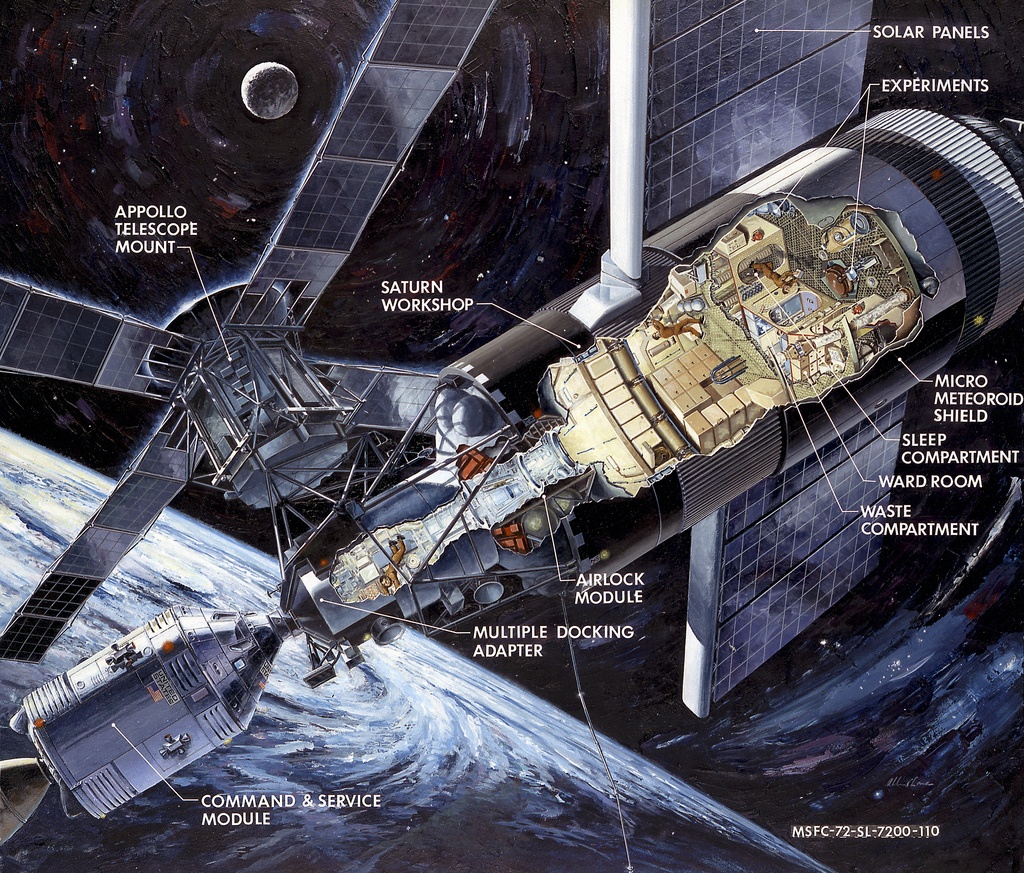
Ground controllers moved the Salyut 7 to its backup transmitter. But a subsequent attempt to restart the primary transmitter created another overcurrent, which started a series of power failures. With this, the radio transmitters (primary and backup) and the station’s radio receivers were shut down.
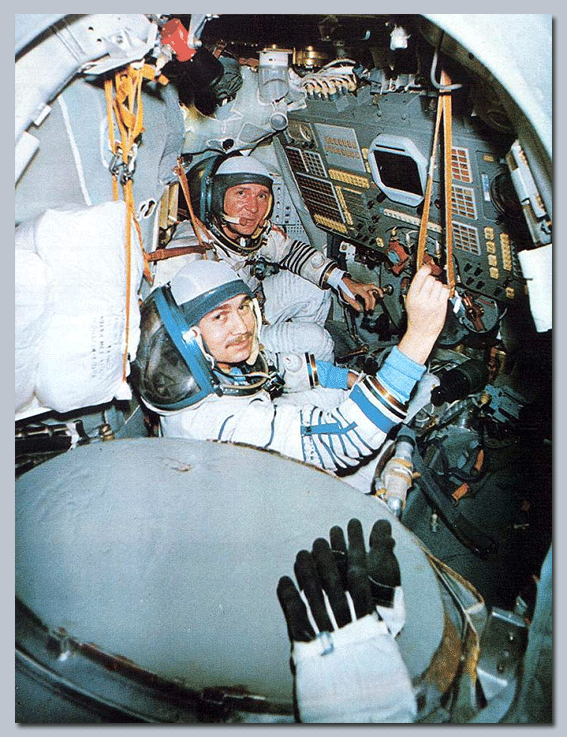
To make matters worse, the heat inside the station quickly dissipated to -20 degrees Celsius. The Soviet engineers realized that they had two options ahead of them. Either drop Salute 7 or do a rescue mission. All attempts to revive the station from the ground failed. Eventually the Soviet Union decided to go ahead with the rescue mission. They believed that if this succeeded, they would be able to stand taller than the United States in the eyes of the world.
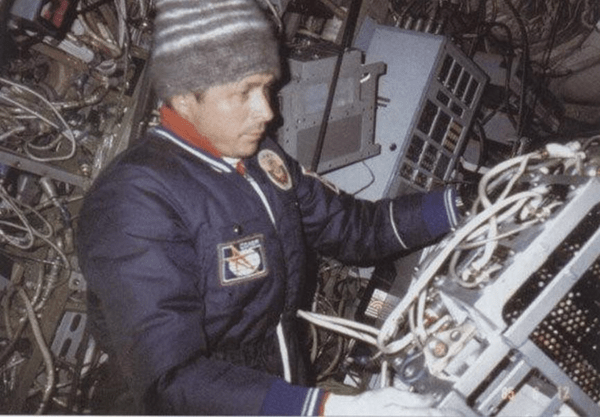
For this they appointed Vladimir Dhanibekov and Viktor Savinich. The Soyuz T-13 mission was launched into space on June 6, 1985, carrying them.
The first step was to dock their Soyuz with the uncontrollable Salute 7. Everyone knew it was a very dangerous act.
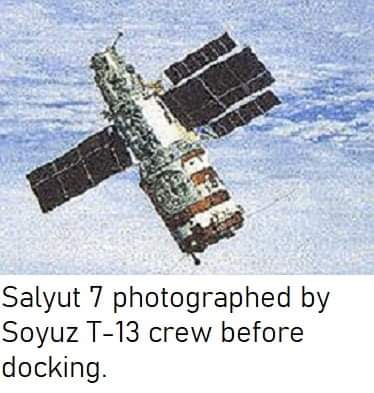
Upon slow docking to the station, they realized that the solar panels of the salute were not pointing in the direction of the sun. Fortunately, they were able to control the station’s rotation rate.
Using an optical rangefinder, they successfully connect to the Soyuz Forward docking port near Salute 7. After that they enter the salute.
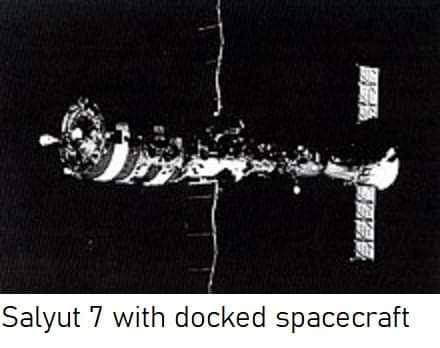
The interior of the salute was completely dark. All its water supply had completely stopped and turned to ice. The equipment and walls were covered with a thin layer of frozen moisture. By checking the air quality at the station, they confirmed that it was breathable. The batteries they brought were connected to Salute’s solar panels, and using Soyuz ‘thrusters, they rotated the entire station facing the sun.
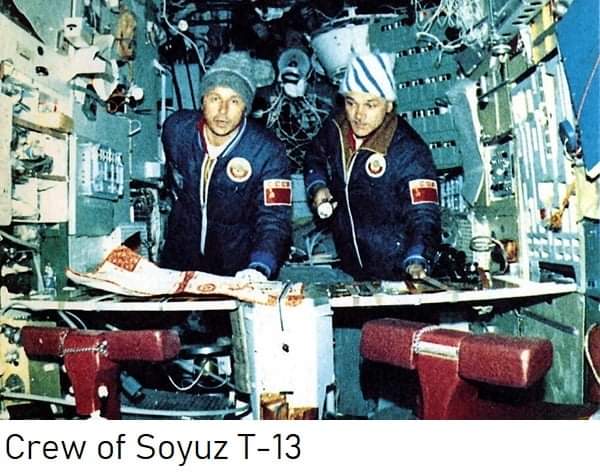
As batteries began to be charged via solar panels, Salute’s key systems began to be brought back online. They started operating the lights, communications, water supply and delivery equipment one by one.
Finally, Dhanibekov and Savinikh completely revived Salute 7 in just 10 days.
Salute 7 remained in space for another 6 years. On February 7, 1991, the Salute 7 flashed over South America.
Salyut 7 is a 2017 film directed by Klim Shipenko based on this. In 2018, the film won the Golden Eagle Award for Best Picture.


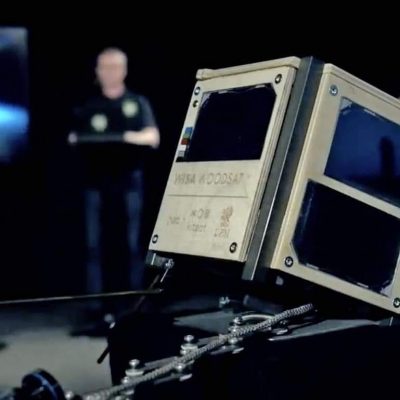
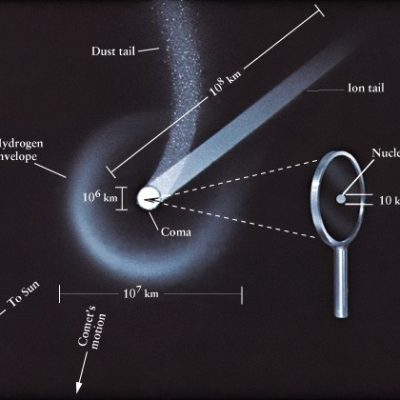

Recent Comments